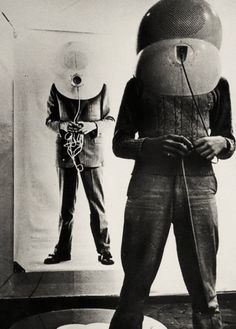At some point this century, and probably sooner than later, sensors will live inside pretty much all manufactured objects, moving every last thing into an interconnected data-gathering and -crunching system. Part of the mission will be to make individual lives and entire cities more efficient, constantly upgrading, but much of it will be about consumerism, creating and selling “products that respond to their owner’s tastes,” as Quentin Hardy of the New York Times notes in his really smart article about technologist Adam Bosworth attempting to bring about “data singularity.” All the world will be a “smart object,” privacy will be compromised to an unprecedented degree, and there’ll be no way to opt out. The blessing will be mixed.
An excerpt:
Imagine if almost everything — streets, car bumpers, doors, hydroelectric dams — had a tiny sensor. That is already happening through so-called Internet-of-Things projects run by big companies like General Electric and IBM.
All those devices and sensors would also wirelessly connect to far-off data centers, where millions of computer servers manage and learn from all that information.
Those servers would then send back commands to help whatever the sensors are connected to operate more effectively: A home automatically turns up the heat ahead of cold weather moving in, or streetlights behave differently when traffic gets bad. Or imagine an insurance company instantly resolving who has to pay for what an instant after a fender-bender because it has been automatically fed information about the accident.
Think of it as one, enormous process in which machines gather information, learn and change based on what they learn. All in seconds.
“I’m interested in affecting five billion people,” said Mr. Bosworth, a former star at Microsoft and Google who now makes interactive software atSalesforce.com, an online software company that runs sales for thousands of corporations. “We’re headed into one of those historic discontinuities where society changes.”•
Tags: Adam Bosworth, Quentin Hardy

